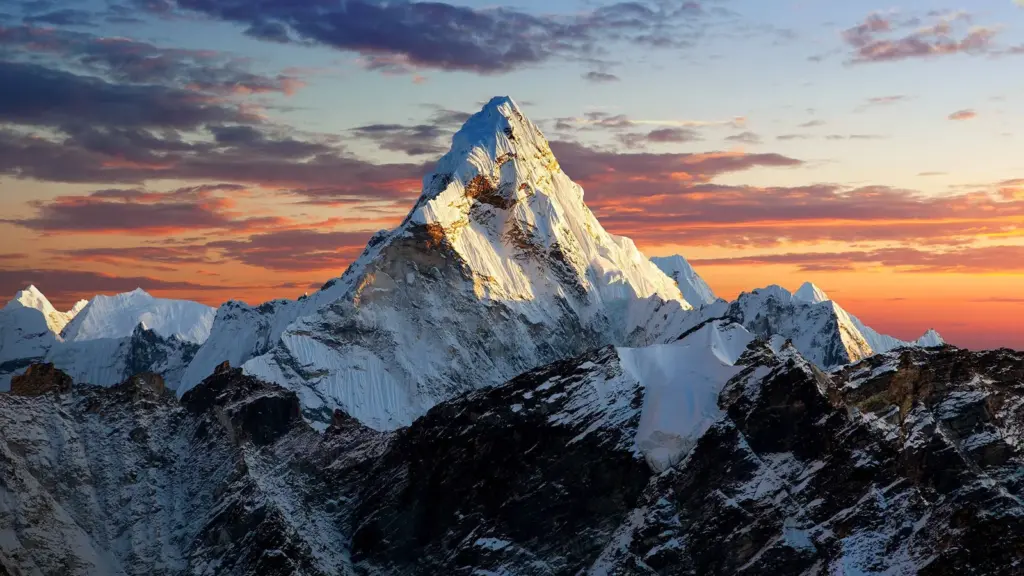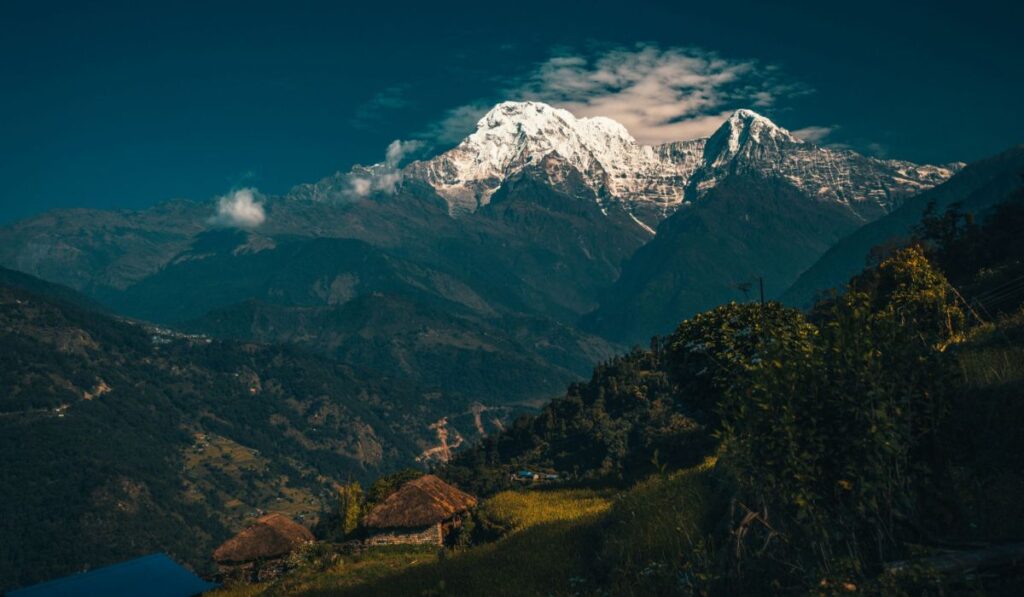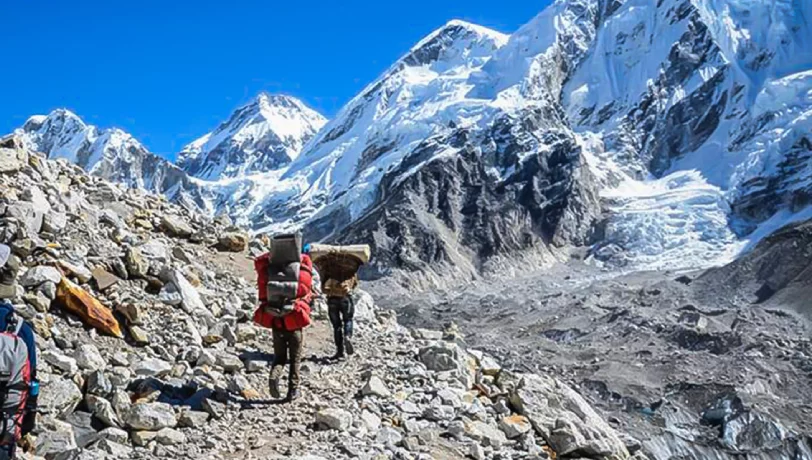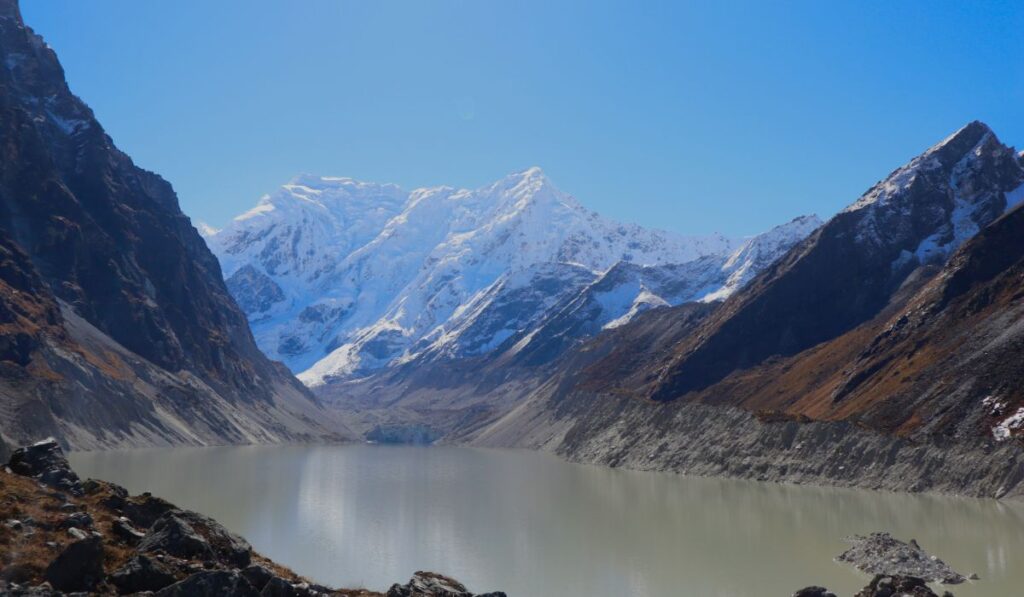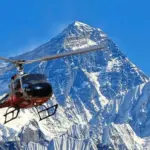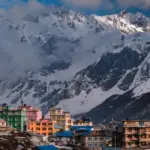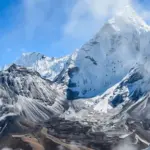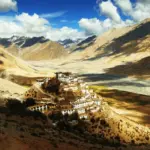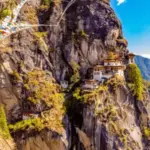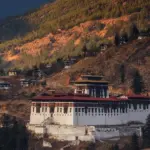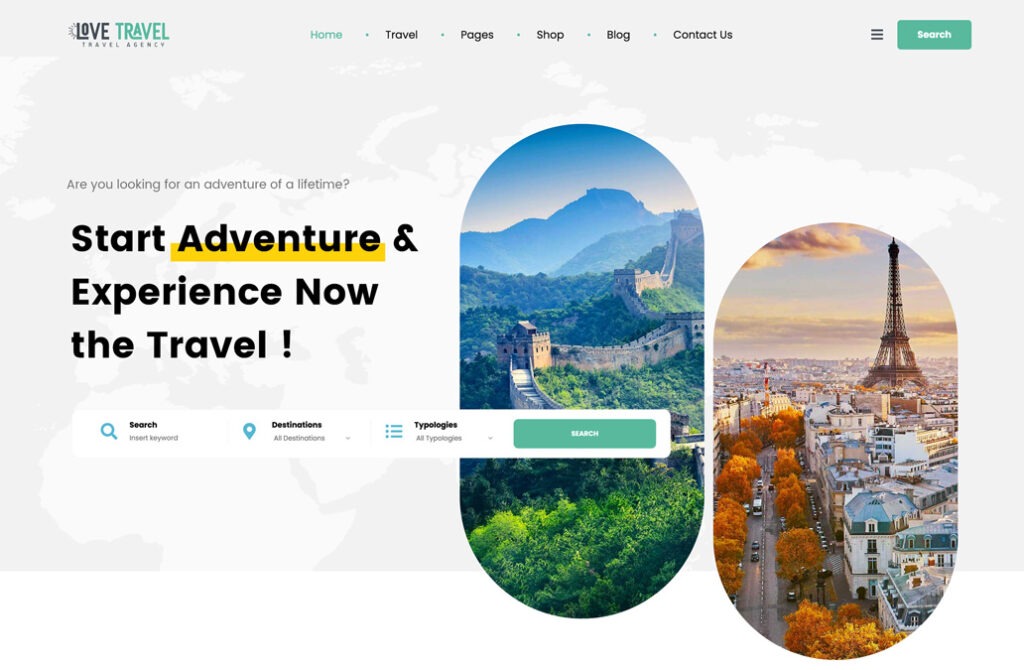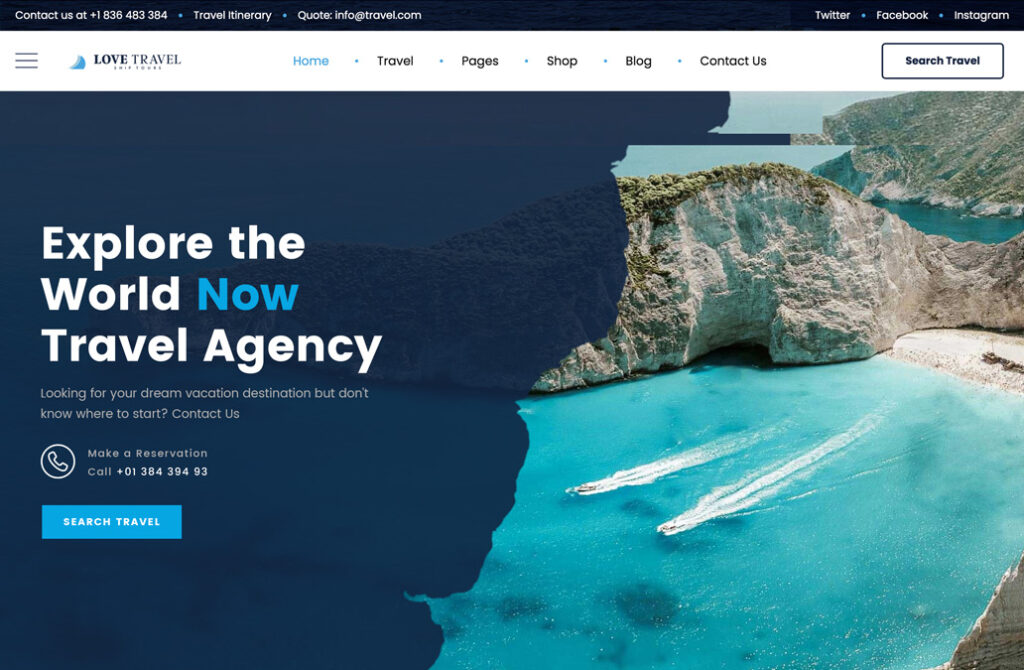Are you ready to challenge your trekking spirit and start your 16-day Himalayan Adventure?
The Everest Three Passes Trek is for trekking enthusiasts who crave the raw beauty of high mountain passes, along with the blend of the rich and diverse culture of the highlanders, the famous Sherpas.
On the 13th day of your Everest Three Passes Trek, not only will you have reached the Everest Base Camp, but you will have already crossed the most challenging three high passes in the Khumbu region: Kongma La Pass (5,535m), Cho La Pass (5,420m), and Renjo La Pass (5,430m).
A triumph that you will rejoice for your lifetime.
Imagine the memories you will be able to create, the people you’ll meet, the adversities that will teach you a lesson for a lifetime, and the experience itself. This thrilling Everest Three Passes Trek experience will give you a new perspective in life, and a new way of thinking. You may start your life afresh, with purity, with love, with kindness, and to sum it all, with gratitude.
Why hike the Everest Three Passes Trek?
The Everest 3 Passes Trek is a treasure trove of surprises, featuring four of the sixth-highest mountains in the world, Everest (8,848m), Lhotse (8,516m), Makalu (8,481m), and Cho Oyu (8,188m).
These iconic mountains, high glaciers, ancient valleys, historical museums, monasteries, and the Sherpas, will give you a lifetime of a treat. You’ll have the opportunity to encounter the giant mystical creature Yeti, Himalayan Tahr, Snow Leopard, Himalayan Hawk, and such.
If you’re an explorer, a trekking enthusiast, and an adventurous person who loves challenges, the Everest Three Passes trek is the perfect choice.
What are tea houses like in the Everest region?
Tea houses in the Everest Three Passes trek are cozy and social, where trekkers gather, sharing stories over warm meals. It’s not just a place to eat but where Everest tales are exchanged and friendships forged.
You can picture wooden or stone huts nestled in the backdrop of Himalayan landscapes, waiting to welcome tired trekkers like you. These local lodges are more than just resting places; they’re crucial to your Everest adventure.
What can you expect?
Well, think simple and functional. Your room will have a single bed to soothe those trekking-weary bones. The menu may not rival a five-star restaurant, but it offers hot, hearty meals that will keep you going.
You want a hot shower in the cold breeze of the Himalayas?
You can have that as well. And yes, you won’t be completely off the grid – some electricity is usually available. Tea houses are budget-friendly, keeping your wallet happy. But remember, this is the Himalayas, so don’t expect luxury suites. Bathrooms might not be luxurious, but remember, you’re here for the mountains, not the spa.
What are people like in the Everest region?
Sherpas are the household name in the Everest region.
These warm and religious people make your Himalayan journey not just possible but extraordinary. Sherpas, the unsung heroes of Everest, bring more than just mountaineering skills; they carry a legacy of resilience and kindness. Many Everest summits owe their success to the indomitable spirit of Sherpas.
Beyond their expertise, Sherpas are known for their strong work ethic, guiding trekkers through challenging terrain.
What language do they speak in the Everest region?
Nepali and Sherpa are the common languages spoken in the Everest region. Nepali stands as the heart of the region, resonating in every “Namaste” and reverberating across the mountains. You may also encounter Sherpa, the language of the resilient mountain folk.
Your trek promises a linguistic adventure; the only hurdle you’ll face is deciding which awe-inspiring view to capture next.
Rest assured, our guides are fluent English speakers, making sure you don’t feel lost in translation.
Geography
The Everest region is in northeast Nepal, home to the mighty Mount Everest (8,848m). As you trek, you’ll experience diverse landscapes, from green forests to rocky mountains. The journey starts in Lukla at around 2,850 meters (9,350 feet) and goes up to Kala Patthar at 5,555 meters (18,225 feet), offering incredible views.
You’ll walk through Sherpa villages, cross bridges over rivers, and climb passes like Kongma La, Cho La, and Renjo La, giving you a taste of the region’s varied terrain. Nature surrounds you with tall peaks, frozen lakes, and the impressive Khumbu Glacier. The Everest region, with its different landforms and heights, guarantees an unforgettable adventure through one of Earth’s most beautiful places.
Where is Mount Everest?
Mount Everest lies in the Himalayan range of Nepal. In the northeast part of Nepal, this giant stands super tall at 8,848 meters (29,029 feet). On your Everest three passes trek, you’ll see Mr. Everest from different places with different angles. You’ll start in Lukla at 2,850 meters (9,350 feet) and go higher, reaching spots like Kala Patthar at 5,555 meters (18,225 feet).
As you walk, the landscape changes a lot. Sometimes it’s green, and sometimes you’ll trek through rocky terrain. You’ll walk through Sherpa villages, cross bridges over rivers, and go over high passes. You’ll see huge mountains, frozen lakes, and the massive glacier called Khumbu. Mount Everest is really big, and your journey through the amazing landscapes of the Himalayas will be something you’ll always remember.
Best Season for Everest Three Passes Trek
The success of an Everest Base Camp trek through three high passes heavily relies on the weather.
Throughout the year, locals and adventurers trek to Everest Base Camp, with the easiest trekking being in the spring and autumn, when the skies are clear and there is no rain.
January to February
The coldest season, with heavy snowfall and temperatures ranging from 15°C to -15°C. It is not recommended for those who are opposed to extreme cold.
March to April
The best seasons to enjoy stunning views of the Himalayan ranges and glaciers. It is a busy trekking season with temperatures ranging from 18°C to -12°C.
May to June
The perfect time to trek before the onset of rainfall. The trek is enjoyable, with temperatures ranging from 25°C to -5°C.
July to August
The rainfall peaks from July to August, making trekking a bit difficult, but it is not impossible. TAN also conducts treks during this season, with temperatures ranging from 27°C to 5°C.
September to October
Another perfect season to go trekking.
Clear skies and favorable trekking climate with temperatures ranging from 20°C to 5°C. You can also immerse yourself in the festive environment during Hindu festivals.
November to December:
The busy season despite the onset of winter. It is a perfect time to enjoy clear skies and sparkling days for fantastic mountain views. Temperatures range from 18°C to -10°C.
The optimum seasons for the Everest Three High Passes Trek are spring (March to May) and autumn (mid-September to November).
Our Verdict
Spring (March to May)
This season is excellent for trekking. You can enjoy lush slopes with wildflowers, especially rhododendron blossoms. It is also the climbing season at Everest Base Camp.
Autumn (mid-September to November)
Autumn offers dry and clear weather, perfect for trekking. You can enjoy crystal clear vistas due to the conclusion of the wet monsoon season.





